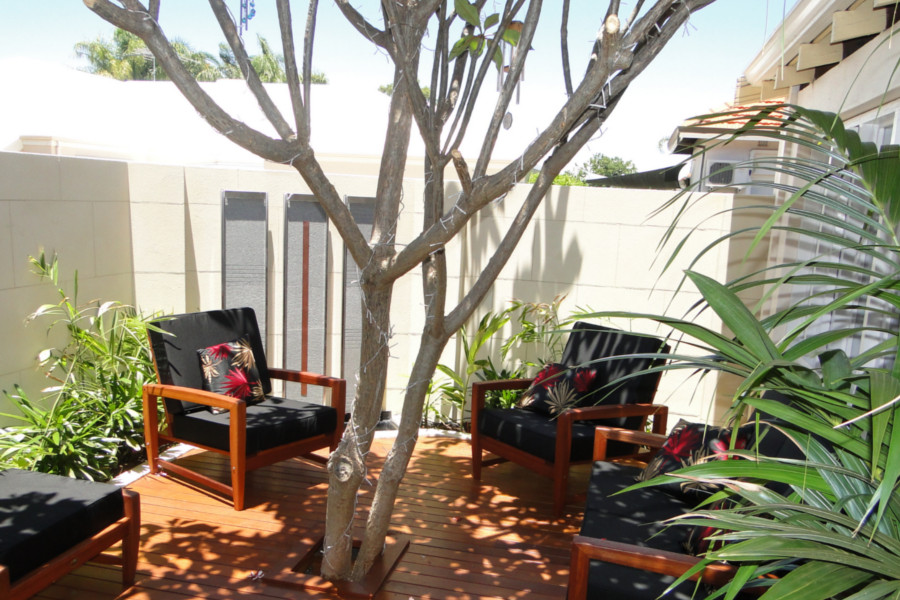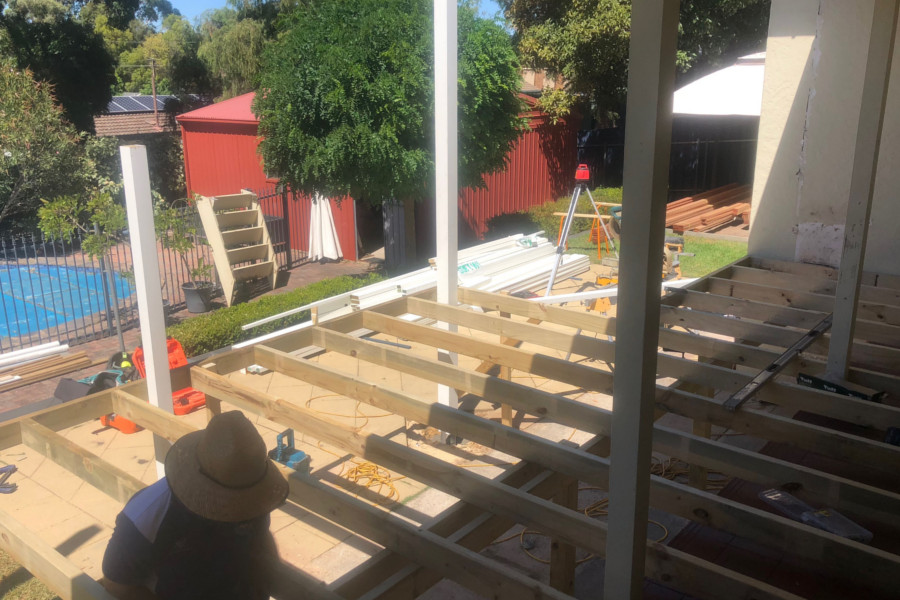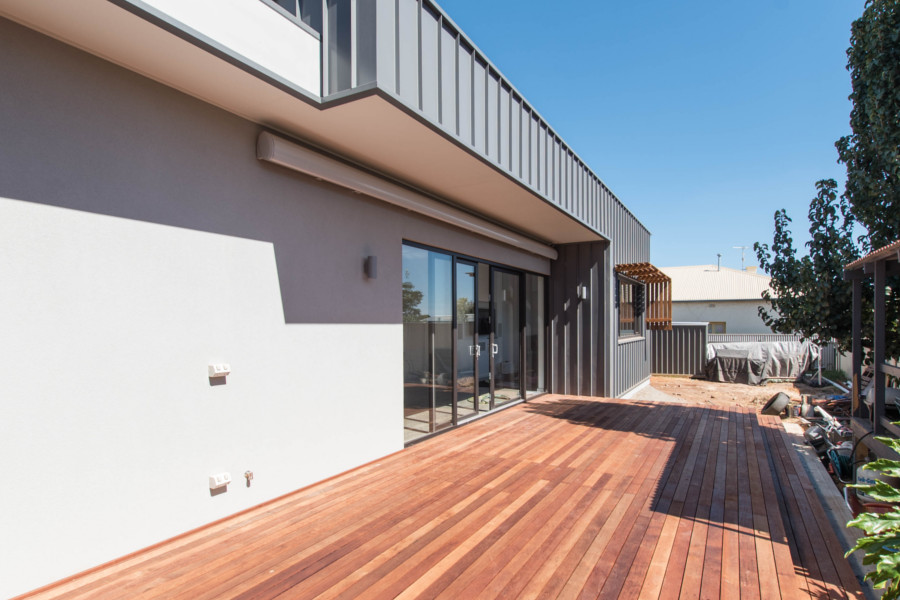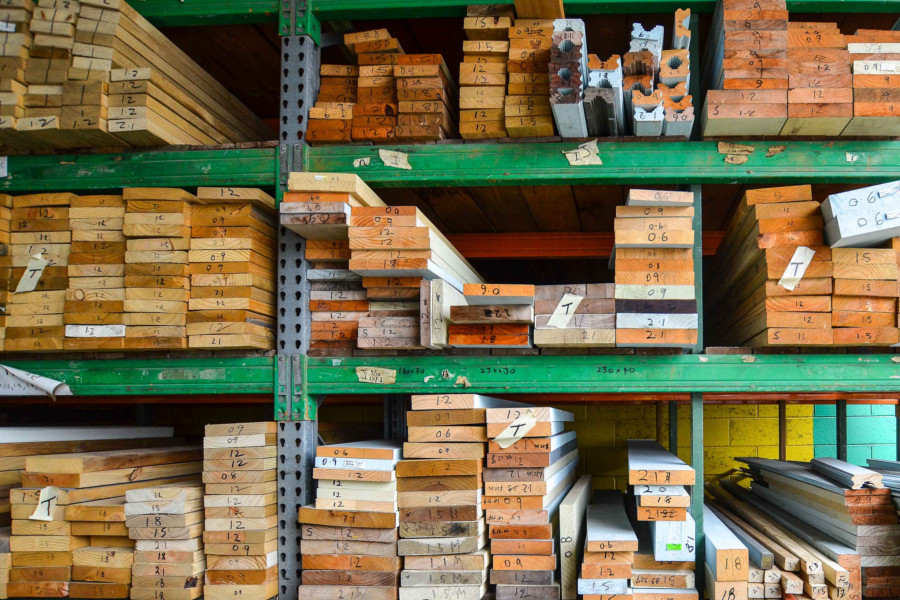
Very few people will argue with you about how good timber decking looks. But we at Softwoods carry several different types of timber for decking. Which one do you choose for your decking project? Here’s some information about each of the timber types we sell.
Jarrah
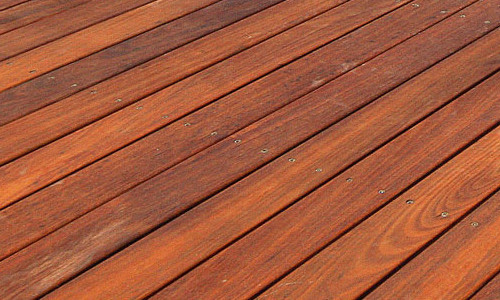
Jarrah is a dense, hard timber that is highly resistant to termites. It ranges in colour from deep reds to dark browns and is arguably one of the best-looking timbers to use for your decking projects. The timber itself is not as oily as some of the other species, particularly Merbau. When sanded, smoothed and covered with a transparent finish the results can be breathtaking. Jarrah is a native Australian species that is in no danger of over-harvesting because of responsible and sustainable plantation practices. A deck made from Jarrah can last you up to 25 years.
Blackbutt
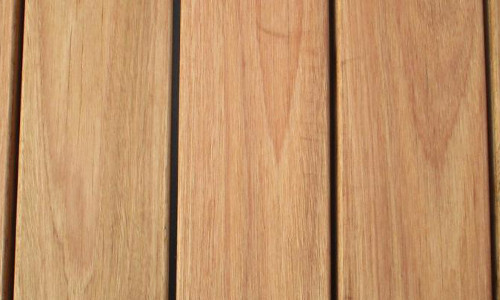
Another native Australian hardwood, Blackbutt can be found along the coastal areas of Queensland and New South Wales. This strong and durable timber is quite resistant to fire (its name, in fact, comes from its appearance after a fire). If you happen to live in bushfire-prone areas then you should seriously consider Blackbutt timber for decking. Its colour ranges from golden yellow to deep brown, with a straight grain and even texture that makes it suitable even for internal use.
Ironbark
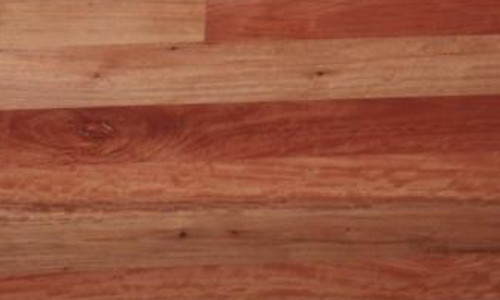
Ironbark is extremely hard and relatively heavier than other timber species, making it suitable for building load-bearing structures. This native hardwood grows along the coast of New South Wales. Its extreme density makes it impervious to insect borers and termites. It may be difficult to work with because it is heavy and hard to cut, but your Ironbark deck will probably last forever!
River Reds
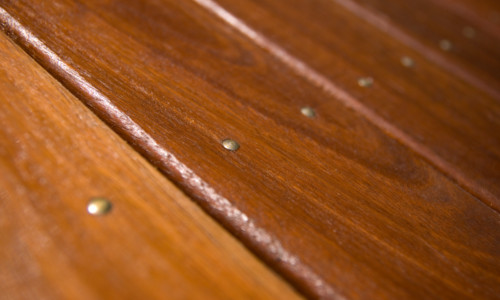
River Red Gums, or River Reds, belong to just one of the hundreds of varieties of the genus Eucalyptus. It has the widest natural distribution of trees throughout Australia and is commonly found near waterways, where it provides welcome shade to travellers and helps stabilise inland river systems. This is another hardwood tree with very durable and tough timber that is resistant to fire and insect borers. It got its name from the brilliant red timber it produces, although colours may range from light pink to deep brown, depending on the age of the timber and the weathering it is subjected to. River Reds may be difficult to work with by hand, but decking boards made from this timber are beautiful and resist rot and insect borers.
Spotted Gum
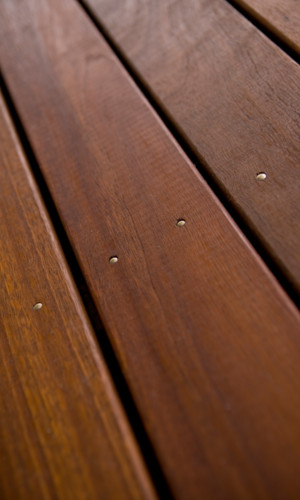
This timber species gets its name from its tendency to shed parts of its bark. Spotted Gum thrives along the eastern coast of Australia. Untreated timber tends to be susceptible to borers and termites so make sure that you opt for treated Spotted Gum for timber decking. It is highly sought after by builders because of its wavy grain that forms a pleasing “fiddleback” pattern.
Stringybark
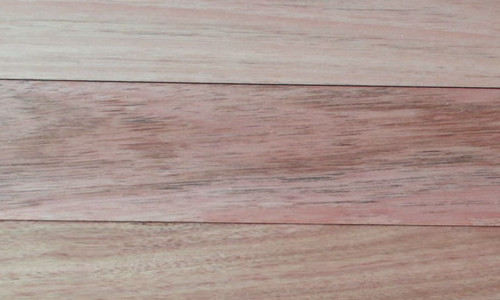
Stringybark can be found in the southern regions of New South Wales and parts of Victoria. The term actually refers to several varieties of Eucalyptus, including Messmate, Silvertop, Mealy, Red, White and Yellow, to name a few. When working with Stringybark timber for decking, keep in mind that most of the varieties tend to dry quickly so you may observe some shrinkage or collapse in the timber, as well as checking or splitting within the wood. It does not bend very well and may be a little susceptible to borers and termites. But Stringybark is easy to work with manually and responds well when used with phenol-based adhesives.
Tallowwood
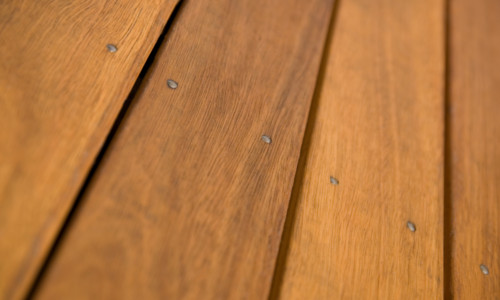
It’s called “Tallowwood” for a reason; it has a high oil content and feels greasy to the touch after it has been cut and dressed. But the same high levels of tannin that make it greasy also give it good resistance to checking and decay. Tallowwood timber is great for decking by the swimming pool or any wet environment.
Merbau
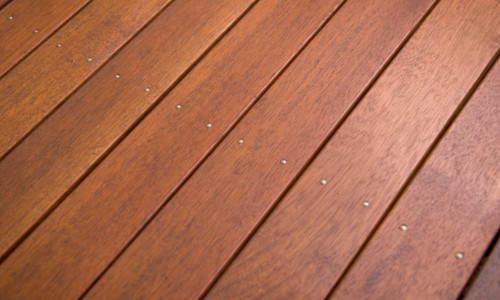
Merbau is imported from plantations in Southeast Asia and the Pacific Rim. It is highly regarded for its extreme durability and versatility. You can expect Merbau decking to last 25 to 40 years, with proper maintenance. It withstands extremes in weather, rot and insect infestation. It is easy to work with and has minimal shrinkage. And besides these advantages, the timber itself is attractive.

